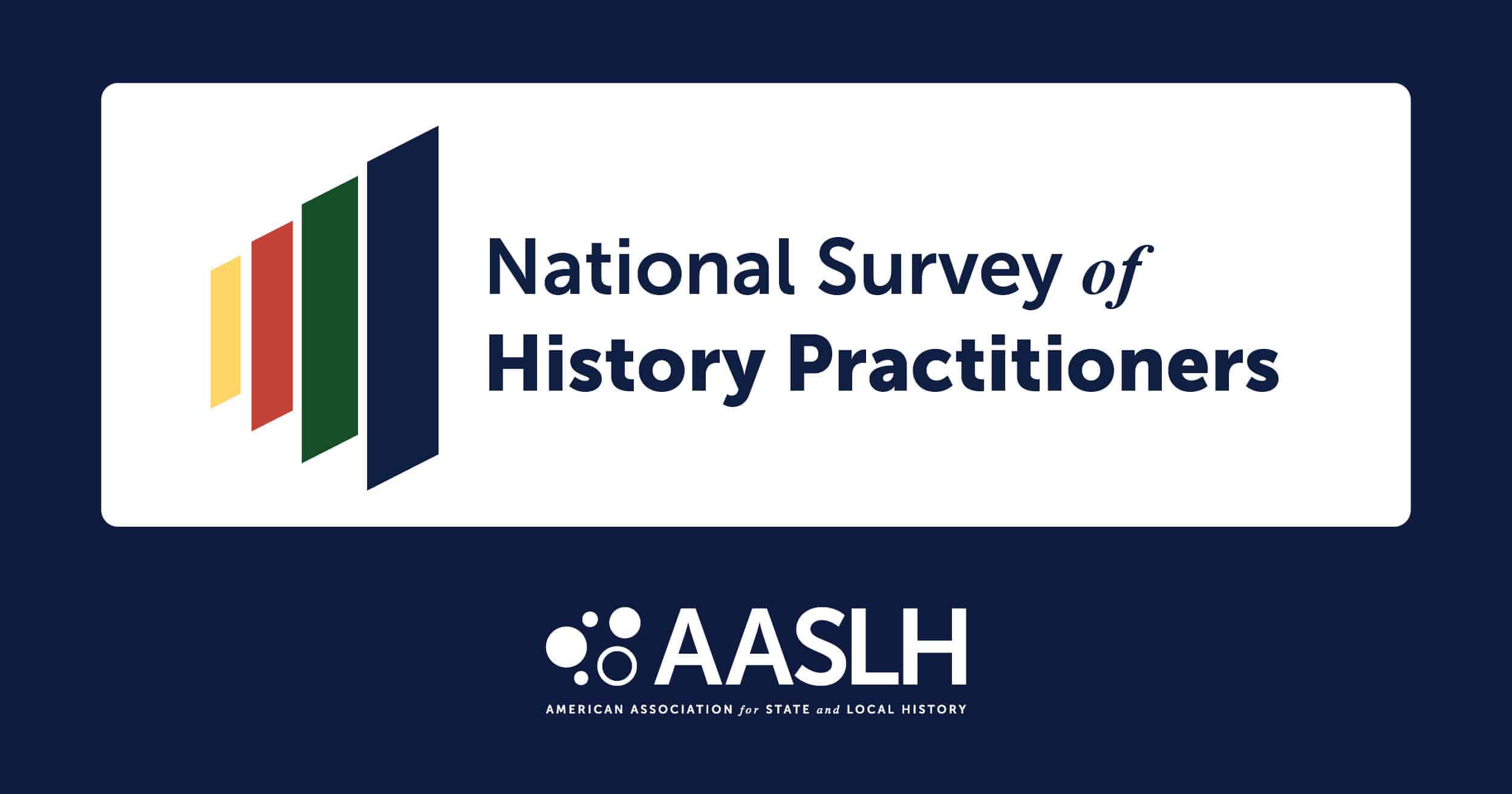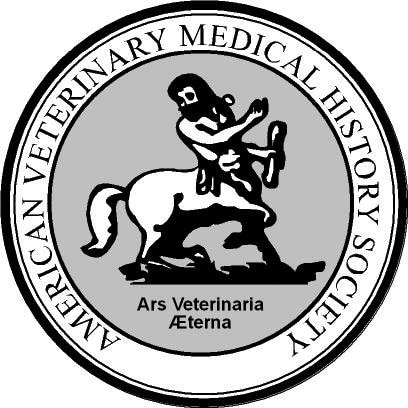 Note: Julie Rose, director of the West Baton Rouge Museum and AASLH Vice Chair, has shared some thoughts on her latest Technical Leaflet, “Three Building Blocks for Developing Ethical Representations of Difficult Histories.” This is Part 3 of Julie’s thoughts on the topic and the messages she hopes the field garners from the discussion. Read Part 1 and Part 2.
Note: Julie Rose, director of the West Baton Rouge Museum and AASLH Vice Chair, has shared some thoughts on her latest Technical Leaflet, “Three Building Blocks for Developing Ethical Representations of Difficult Histories.” This is Part 3 of Julie’s thoughts on the topic and the messages she hopes the field garners from the discussion. Read Part 1 and Part 2.
Difficult histories include the recollections of trauma, oppression, and violence.
The challenge for museum workers to develop ethical representations of difficult histories is finding an equitable equation for combining the three conceptual components: Faces, Real content, and Narratives. When combined, these three components are the building blocks for developing ethical representations of difficult histories.
Here are Julie’s questions for readers. Feel free to share your responses in the comments section below:
1. Reflect on your experiences with learning difficult histories or on your observations of learners engaging in representations of difficult histories.
Can you describe the characteristics of learners’ responses that strike you as responsible responses and resistive responses?
2. I propose the following challenge to museum workers who have found a house museum, historic site or museum exhibition that does not appear to include an interpretation of a difficult history:
A house museum director in Nova Scotia explained to me, in 2013, that the house museum she interprets does not have a difficult history. Rather the 19th century history of the ship building family’s good fortunes satisfied visitors.
Brushing history against the grain without scratching much veneer of a valiant and wholesome representation of the ship building family revealed important social issues that impacted the family and supporting community.
We looked at workers’ wages, race relations, and women’s rights among the family members, their employees and the house servants and found provocative and poignant stories that provide a rich historical context for the lavish household of the ship building family that expanded the meanings and significance of the house museum for today’s visitors.
The challenge for our readers is to identify a house museum, historic site or museum exhibition that does not readily identify with issues of oppression, violence or social injustice and brush history against the grain to uncover historical social tensions that inform present day learners about the ideological structures and social organizations that affect that institution’s present interpretation themes.
3. How does the process unfold to develop ethical representations of a difficult history?
Would you begin by collecting and assembling the Real content, the empirical evidence, or by identifying the people who endured or were lost to the oppression; or would you start by reading histories, and recording and listening to recollections?
Do you think there can be a prescribed order to assembling the three building blocks?
Share your thoughts with us below.



